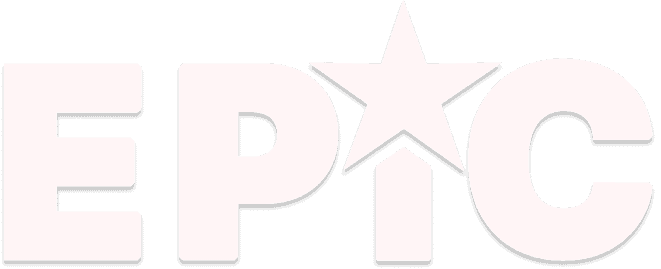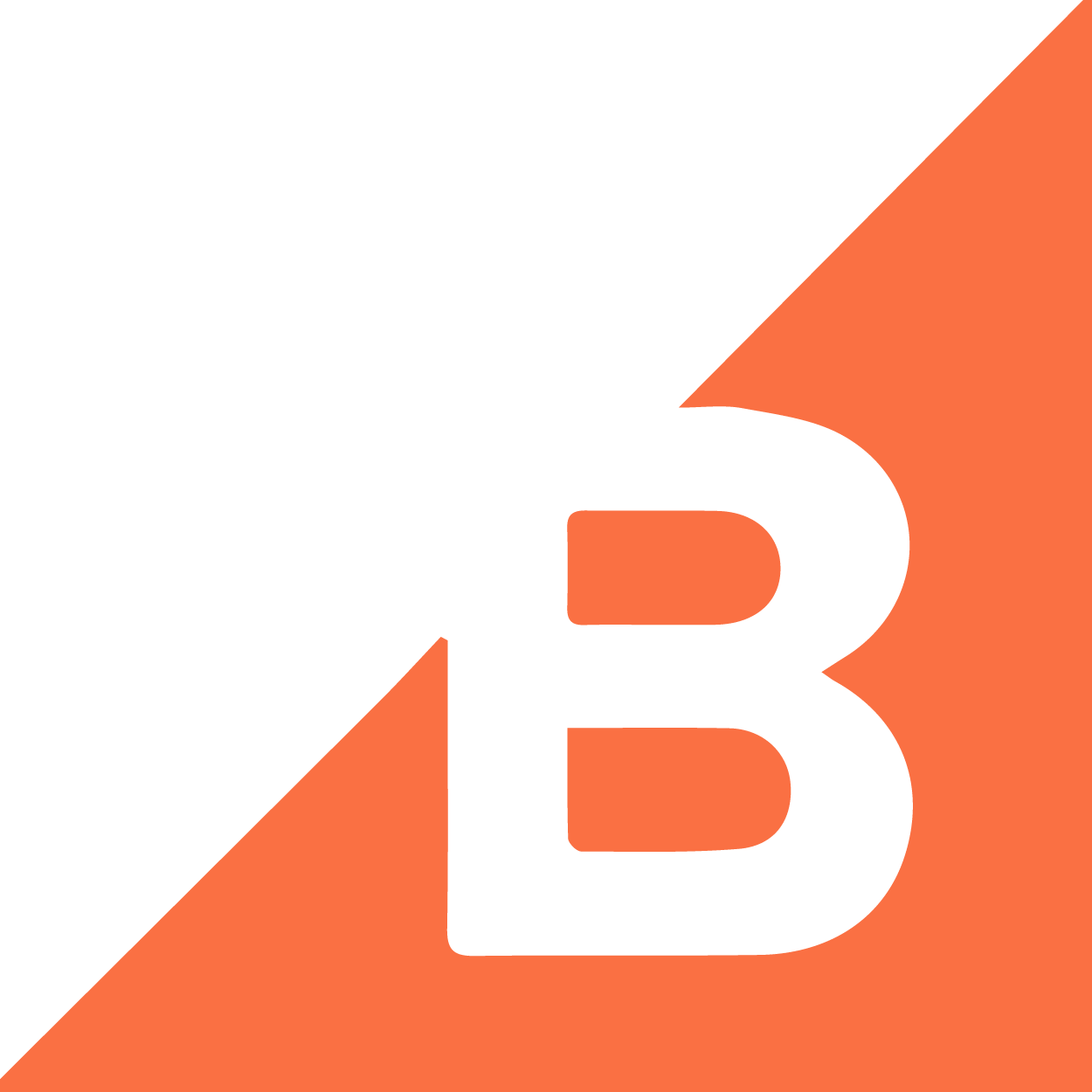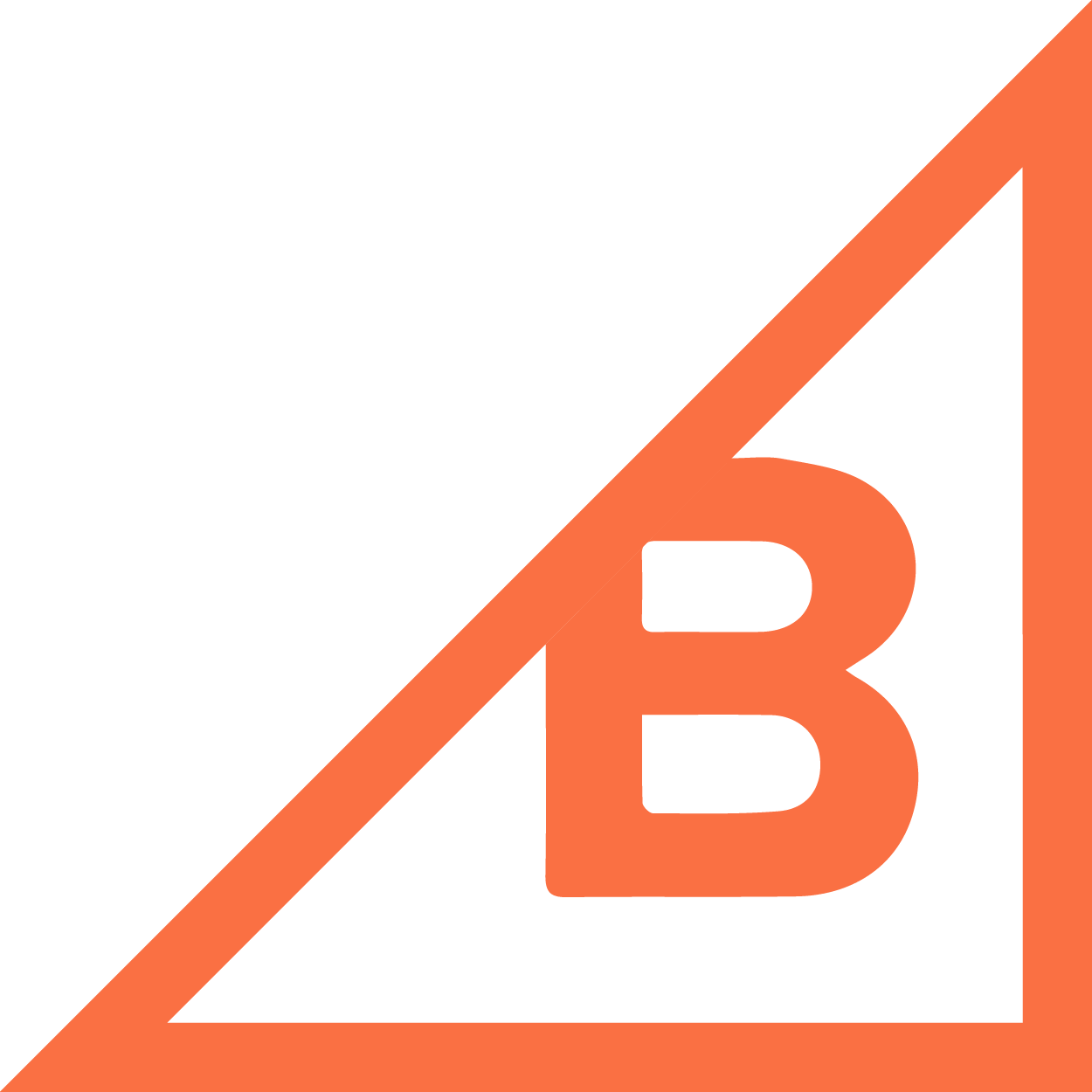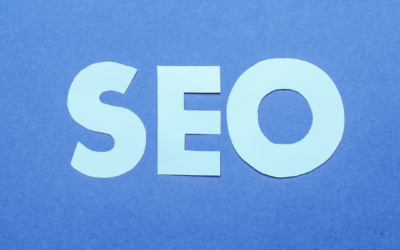 One of the questions I get asked the most during new Epic Flowers web store launches is “How do I set up the SEO for our product pages?” What I’ll focus on here is a few of the key factors for properly setting up your product pages for SEO using the Big Commerce product page interface. Product pages for flowers can be a little difficult to set up, as the focus of the page is really the image and the ability of the user to select that product and purchase it from your Florist Website.
One of the questions I get asked the most during new Epic Flowers web store launches is “How do I set up the SEO for our product pages?” What I’ll focus on here is a few of the key factors for properly setting up your product pages for SEO using the Big Commerce product page interface. Product pages for flowers can be a little difficult to set up, as the focus of the page is really the image and the ability of the user to select that product and purchase it from your Florist Website.
The most important, and perhaps the most difficult thing you’ll have to do is come up with three unique and compelling product descriptions for each individual product.
Before beginning, you’ll want to consider keywords for the pages. For the example, I’ve chosen the florist’s staple of “One Dozen Premium Roses” as the product being added. Our chosen keyword for this product page will be “Roses”.
Another quick example might be a product called “Glitzy Gerberas”. In that case, we would optimize the page for the keywords, “Gerbera” and “Daisies”. It’s best to only try to optimize for 1-3 keywords per page as there are likely other products or categories you’ll want to show up for many of the other keywords you might be trying to rank for anyway.
On the Details Tab – Product Name
The first thing to look at when you’re adding products is the product name. Most florists are using product and images that were created by others with standardized product images and names. Others may have developed their own product offerings that have unique names and images from their own shops. Either way the product names are entered in the product name field and when you click out of that field, a product URL is built at the bottom of the catalog information block.
For the most part, it’s best to leave the product URL as it’s constructed by the software. You’ll notice that if you enter any special characters, like apostrophe or exclamation mark, they will be removed in the URL, which is exactly what you want.
On The Details Tab – Product Description
Entering a good and unique product description is essential to your SEO efforts. As the page is being optimized for the keyword “Roses”, you’ll want to try to include that word once or twice in the product description. Make sure the description is written for people who are looking at the page and will help them make the decision to buy their roses from you.
When writing product descriptions, it’s good to use variations of your keywords. Plurals or non-plurals are just fine. Rose, Roses, Gerbera, Gerberas. In the end write the copy for the person reading it and describe the product in as much detail as possible and it will be good for SEO.
On The Images/Videos Tab – Image Description
Now that you’ve entered an awesome and creative product description on the Details Tab in Big Commerce, it’s time to put that creative hat on again, and start thinking about yet another unique description for your product. Big Commerce provides a text box next to the image on the Images Tab where you can easily enter an image description. The image description here can be a shorter and more to the point, but is used as the “Alt” or alternative text by your site and the search engines whenever the image may not be available for some reason. This is good news, because it allows you to enter another product description that will include more of your keywords.
The image above is from the text only version of what’s called the “Google Cache” of a florist website. Keeping in mind that the search engines will use the text on your site to determine exactly what your site is about, you can see that a good image description can provide them with more of this information and help your entire site rank better. it’s also important to note that this screenshot was taken from a Cache of the Home Page of the site, and not the product page. So what you are seeing is the “Alt” text of the image, and a link to the product page that the search engine will follow to that product page. The links below, with the product name and “Choose Options” also link to that page, but it’s been established that the search engines will only look at the first link to a site and use the information from that link to determine what the site and the page it’s linking to is about. With Big Commerce, you can see that it’s using that image description link to get to the product page.
On the Other Details Tab – Search Engine Optimization
Moving over to the Other Details tab, and buried about halfway down the page, you’ll find “Search Engine Optimization”.
Page Title:
If you do a quick Google Search for title tags, you’ll come across thousands of posts on the subject of writing title tags for SEO, for the user and for increased click through rate. A little while back I wrote a blog post on title tags on my local search website that you may want to check out as well. There are a few nuances to the Big Commerce system that we’ll quickly take a look at.
Blank “Page Title” Field:
If you leave this field blank, Big Commerce will automatically use your product name and store name for the page title. So in this case, it would look like:
“One Dozen Premium Roses – Store Name”
For many products this is often just fine. For others, you may want to include some other descriptive keywords as I have above. (Red Roses)
“Page Title” Field Updated:
These may just happen to be red roses, and if that was one of our target keywords, we might include it using the vertical slashes. For product pages, it’s always good to include your store name at the end, basically for users who find the product online and it distinguishes you from others who may have this product on their site as well for those using stock images.
Looking again at the “Glitzy Gerbera” example from before, I might chose to go with something like:
“Glitzy Gerberas | Stunning Pink Gerbera Daisies | Store Name”
Remember that in the case of Glitzy Gerberas, even though Daisies wasn’t in the product name, it was still one of our target keywords and should be included in the product page title as a keyword.
**Page titles should typically be kept under 60 characters to fit the search engines results – but, it’s not a game changing issue, and if your store name doesn’t show completely, it’s ok.
Meta Keywords:
Keywords for web pages were used heavily in the past to provide the search engines an insight as to what the page was about. At this point, they’ve become somewhat irrelevant and I personally don’t use them on any of my sites anymore. The search engines will determine what your site is about through your page title, product and image descriptions. If you chose to use them, I suggest keeping it to 1-3 keywords per page.
Meta Description:
Highlighted in red above is where the Meta Description will show up in search engine results. On all pages of your website, including product pages, this text should be written to entice the user to click on your link. You can include your target keywords here if they suit the text you are writing, but it’s not imperative as similarly to the Meta Keywords, the search engines don’t put much emphasis on what is written here. They are more concerned about the content of the page itself. Be creative with this 3rd and final description and make it (again) unique as possible and for the user.
**Meta Description should be kept to 160 characters max, or it will truncate as the one above has done.
Hopefully this will help you get started with your Product Page Search Engine Optimization. If you have any questions or comments, please feel free to post them below.
Update: Read more about Image SEO in a new blog post here.












